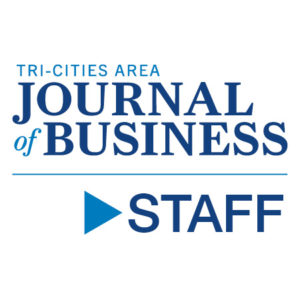
Home » Federal regulations change for check endorsements
Federal regulations change for check endorsements
July 17, 2018
Consumers should be aware of a regulatory change that went into effect on July 1, adding a step to the process of depositing a check from your cellphone aimed at helping to prevent fraud.
With the advent of banking mobile apps and other “remote deposit capture” technology, the nation’s check collection system is quickly converting from all-paper to electronic. Remote deposit capture allows consumers and businesses to quickly deposit checks from anywhere at any time, by taking a picture of the front and back of the check.
Since the actual check remains in the depositor’s hands after a mobile deposit, regulators have noted a national increase in attempts to double-deposit checks,” according to Spokane-based credit union STCU.
STCU recently announced plans to open branches in Kennewick, Pasco and Richland.
If the double deposit is successful, the financial institution is liable for any losses; at a nonprofit credit union, that means all members bear the cost for others’ intentional or unintentional double deposits.
Starting July 1, many financial institutions began to shield themselves from liability, and make fraud attempts more difficult by requiring a “restrictive endorsement,” STCU said in a news release.
That simply means that anyone depositing a check remotely must endorse the back with a signature (as always) and a note saying the check is for mobile deposit only, at a specific bank or credit union.
The exact wording may vary from one financial institution to another.
STCU is asking its members to write “For STCU mobile deposit only.” Mobile deposits will be rejected if the check lacks the notation in legible handwriting. Checks with the notation cannot be cashed or deposited in person.
In May, STCU members processed 26,964 checks using mobile deposit. That’s a 63 percent increase over May 2017, when mobile deposit was used 17,107 times.
Local News Banking & Investments
KEYWORDS july 2018





